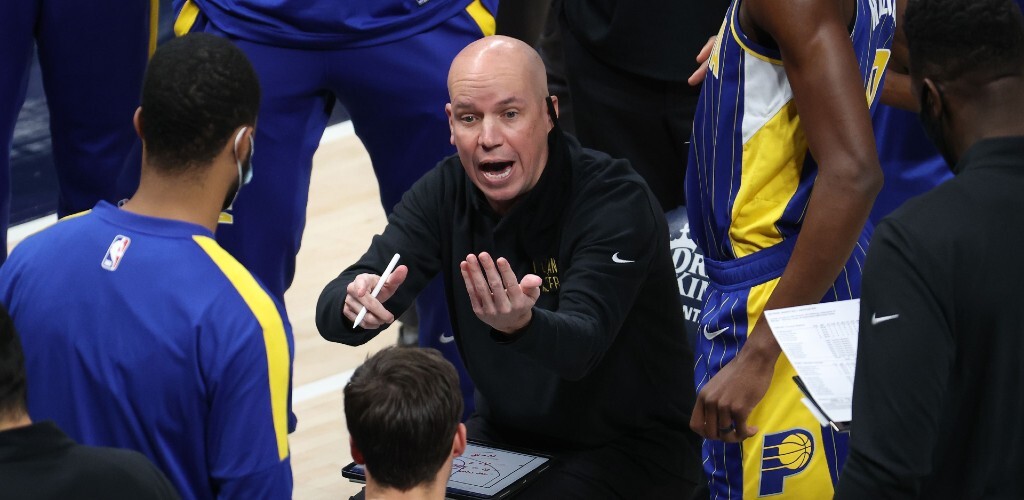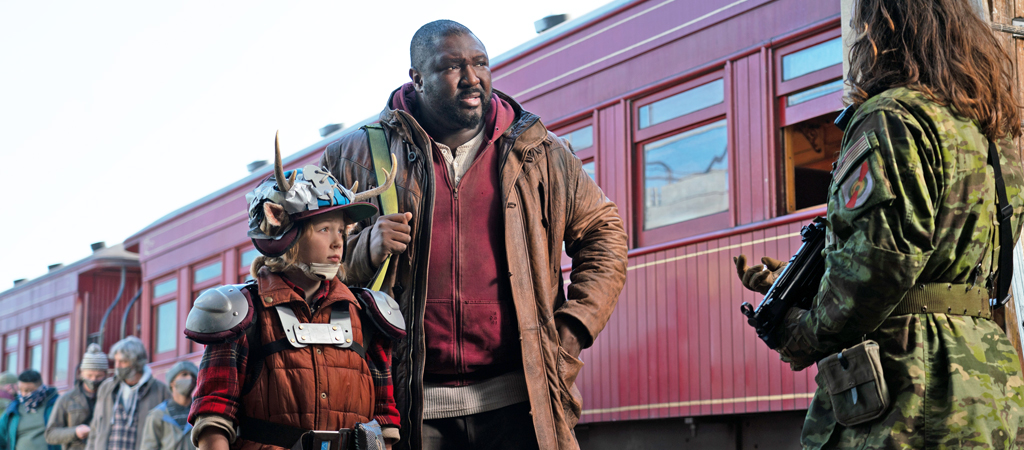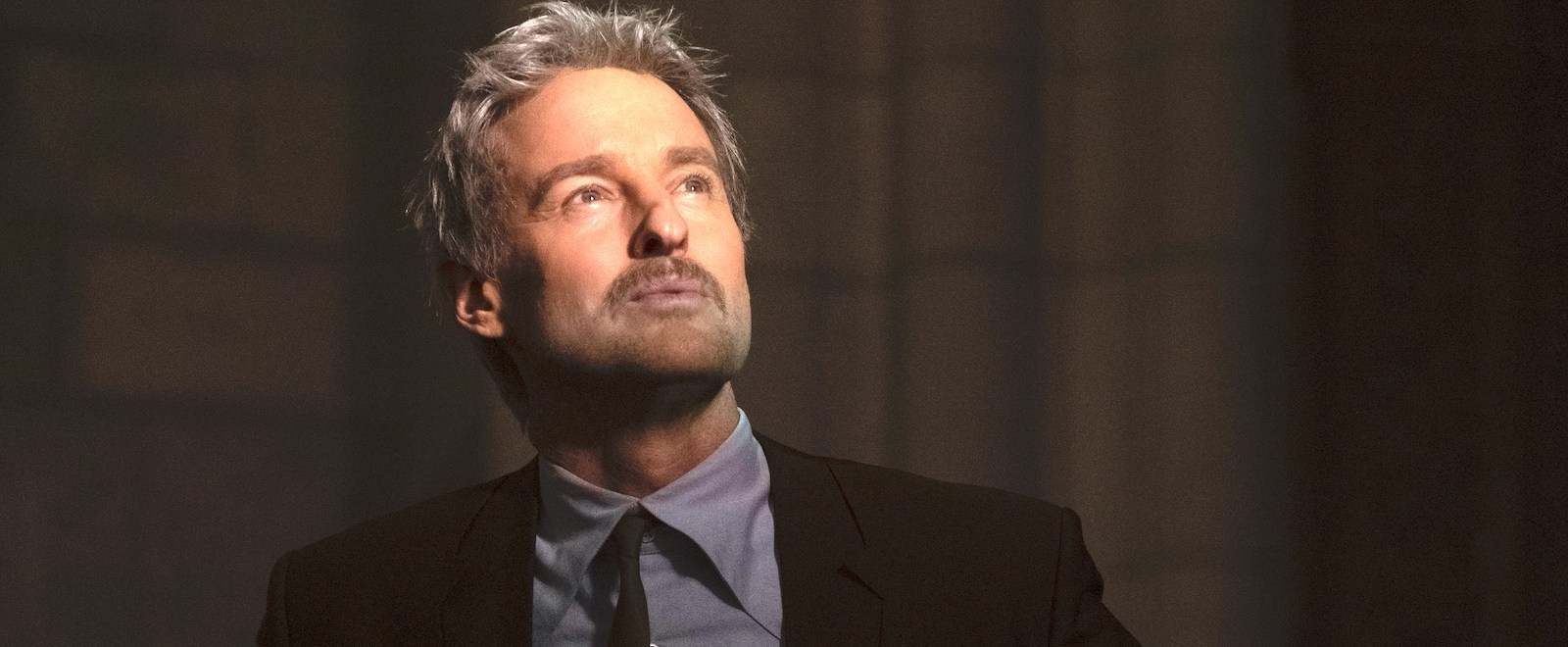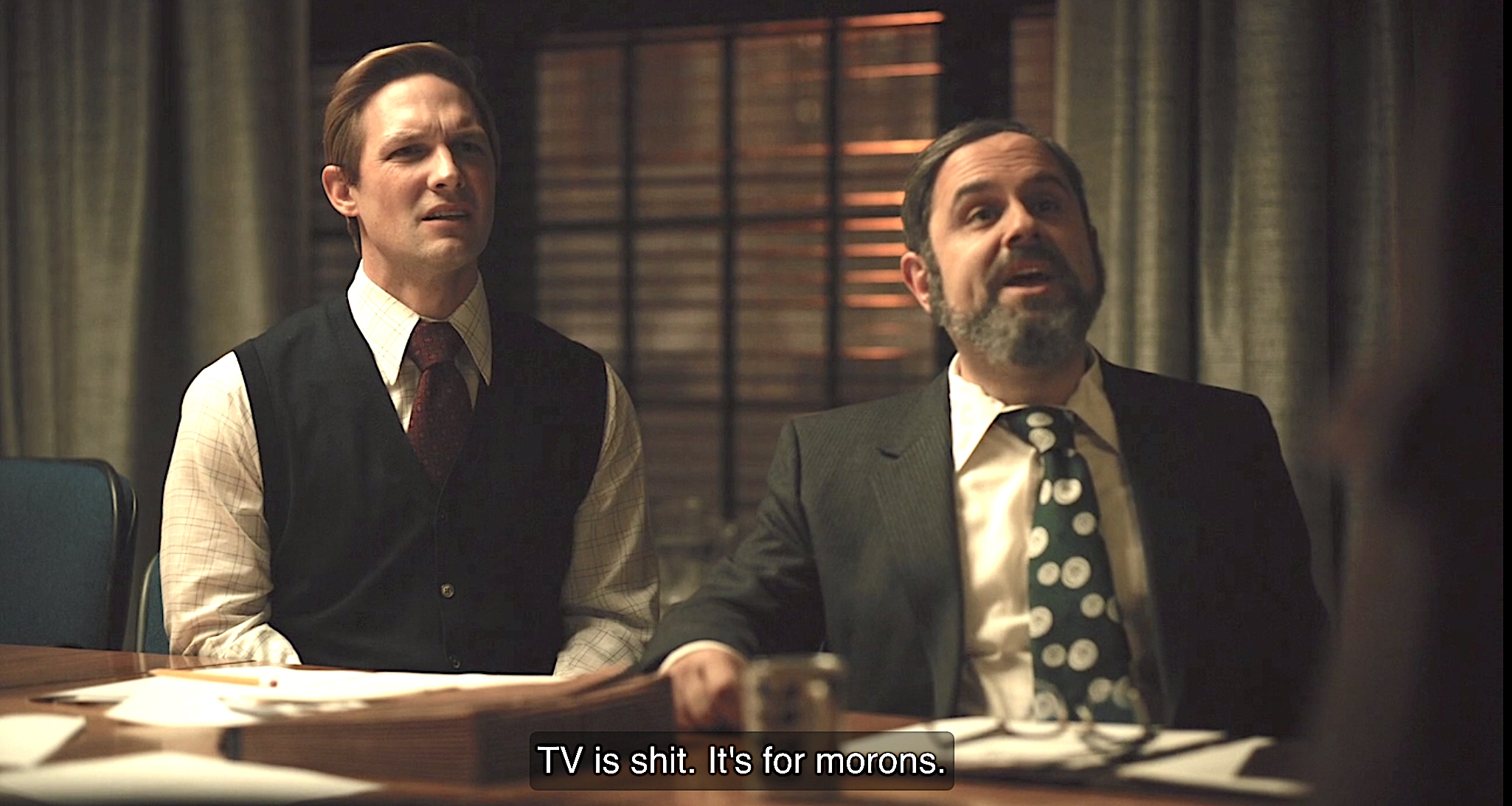This probably won’t come as a surprise, but Owen Wilson is a pretty laid back interview subject. Though, when I’ve interviewed him in the past, his dry, sneaky wit always makes its presence known. And that’s still the case this time, but I could tell Wilson, who was subjecting himself to nerds like me asking him about superheroes, kind of had this look on his face that read, “What on earth have I gotten myself into?” With his admission he doesn’t really know much at all about Marvel movies, he just looked like someone who was trying his best not to say anything that might disappoint the legions of MCU fans who are happy that Wilson has joined the team.
Though Wilson has little to worry about because he is outstanding as Mobius, a “grizzled” (Wilson likes this description) lifer agent working for the Time Variance Authority (basically the cops who make sure different timelines don’t happen), who is tasked with working with Loki to bring down an even worse threat. But not the Loki we see die in Avengers: Infinity War, but the other Loki, who is now deemed a “variant” we see escape in Avengers: Endgame. Yes, this all might be a little confusing, but it’s Wilson’s job to explain all of this to us, the audience. And he thinks his lack of knowledge helps the character. In that Mobius is above all the minutia.
Also, it’s easy to get the impression Wilson just doesn’t like talking about himself. (This is something I find endearing.) For example, when I asked what he thought about the reaction people had to Mobius’s “grizzled” look, he quickly changed the subject to what he liked about the trailer. (And he seemed much more interested in talking about Walter Hill’s 1982 movie 48 Hours than he did himself.) Wilson also warned that a second Wedding Crashers movie isn’t quite a done deal yet. And I’ve always wondered if Wilson saw that weird viral video of the lightsaber fight from The Phantom Menace that substituted his voice for the lightsaber sound with his voice saying “wow.” His deadpan answer was pretty perfect.
Last time I spoke to you in 2017 I made a passing reference to the “good year” you were having with Cars 3 and Wonder. And you joked how that doesn’t bring others much comfort. “But what about Owen in Cars 3 and Wonder? Didn’t that help? How about that silver lining?” Last year when things were at their worst in NYC I did think to myself, “At least Owen had that good year in 2017,” and it made me laugh.
[Laughs] Well, I’m glad I was able to provide a little comfort during these crazy uncertain times.
Are you finding people are disappointed to learn that you were not a big MCU person before joining the team?
They don’t seem like it? It seems like just sort of, well it actually ends up working for my character because I think the TVA sort of believes themselves to be sort of above everything that happens in the MCU. And so as an agent for the TVA, it actually sort of works for the character of Mobius. They have a lot on their plate and there’s a lot of other business for them to be concerned with.
Do you feel like this is the most grizzled role you’ve had? I can’t think of something more grizzled you’ve done off the top of my head.
Yeah, I like that. That’s a good description. Grizzled Mobius. I think that it’s always sort of, there are actors who kind of change their look a lot and, from different projects, and my life’s been fairly consistent. So it was nice on this to have sort of a different look and I think that sort of made it easier to sort of slip into Mobius’s shoes, so to speak.
In the past have you suggested a different look and were turned down?
No, it hasn’t been that. It’s probably worked more the other way where it’s more like, yeah, we’ll just sort of kind of find sort of something similar to kind of what I’ve done. And with this, it just seemed like it was the mustache and the whole sort of the look of the guy. It’s grizzled. And that’s what this role called for.
Were you paying attention when the first trailer came out and people got their first look at your grizzled character? People were very excited.
Yeah, it’s been exciting sort of seeing the trailers and seeing sort of the little clips at the release…
Yeah, but more the way people are reacting to you. They’re reacting to you with the “grizzled” look, everyone seems very excited about that. It’s been very positive.
Yeah. And I think that it’s been kind of… well, when I sort of watch the trailers, I’m looking to see sort of, oh, yeah, there’s something that we kind of maybe did on the day or something – thinking about ideas that you might’ve had to sort of make a scene better that ended up being useful.
I saw you kind of compared this character to Nick Nolte in 48 Hours. I re-watched 48 Hours recently. I would much rather hang out with Mobius. He seems like a much more pleasant man than Jack Cates.
Yeah, how did that one hold up, by the way?
Well… it certainly has a point of view. I will say Eddie Murphy is lightning in a bottle in that movie. There’s an amazing scene where Eddie is in a bar full of racists and takes over the place.
Yeah. And I remember just the introduction to his character. Is he singing The Police song?
Yes, that’s his first scene. He doesn’t show up until like 25 minutes into that movie.
And it’s pretty gritty.
Last time I spoke to you, you said the idea of another Wedding Crashers, “Might be a little unseemly at this point.” And now the headlines are everywhere that there’s another one.
Well, it’s not definite. I know people have been saying that, but it was one of those movies that at the time really connected with people. And David Dobkin has been working on a script and I’ve been talking with Vince. And I think if we came up with an idea that we obviously all believed in, then maybe we would try to do it.
Did you ever see that viral video of Star Wars where every time the lightsabers hit each other it’s you saying, “Wow”?
I did. Because Woody Harrelson was in Star Wars. So I remember being around him at the time because he was working on something in London and I think it was around that time.
I can’t imagine what was going through your head.
It was, you know, not much. I think I was pretty detached watching it.
That’s a perfect answer.
[Laughs] Yeah.
Anyway, I’m looking forward to seeing where Mobius and this series go.
I think it’s going to keep being “grizzled” for Mobius.
You can contact Mike Ryan directly on Twitter.






